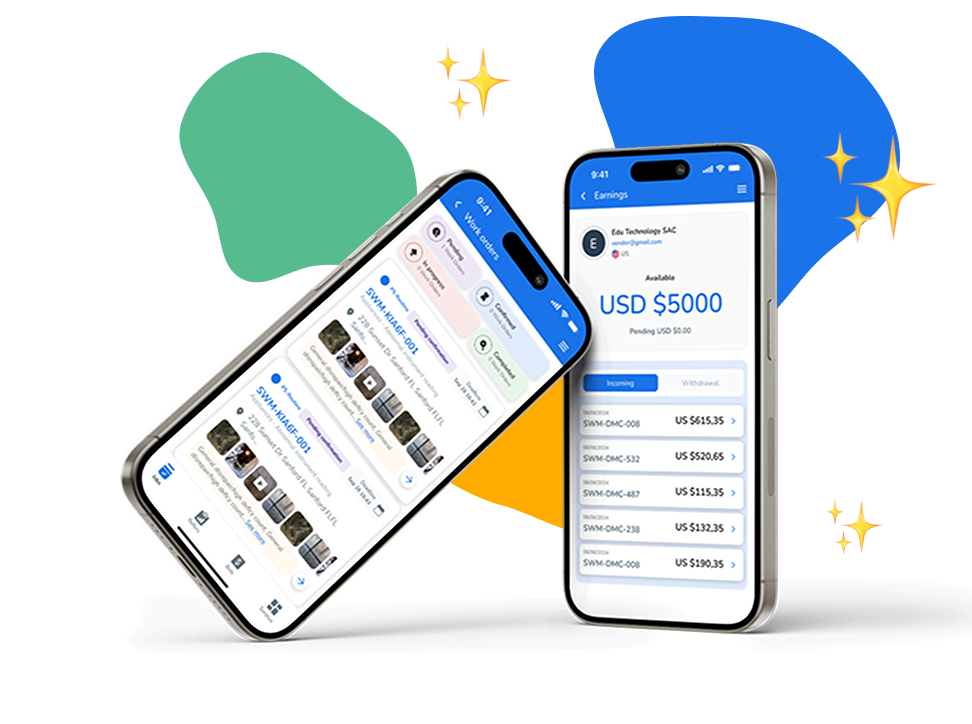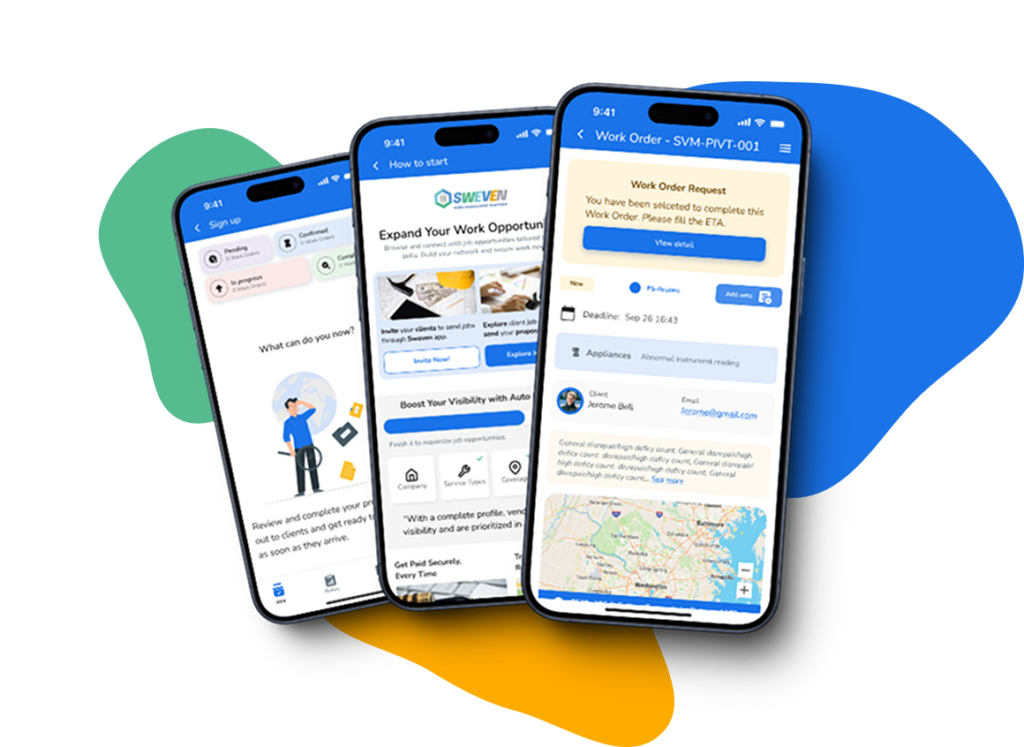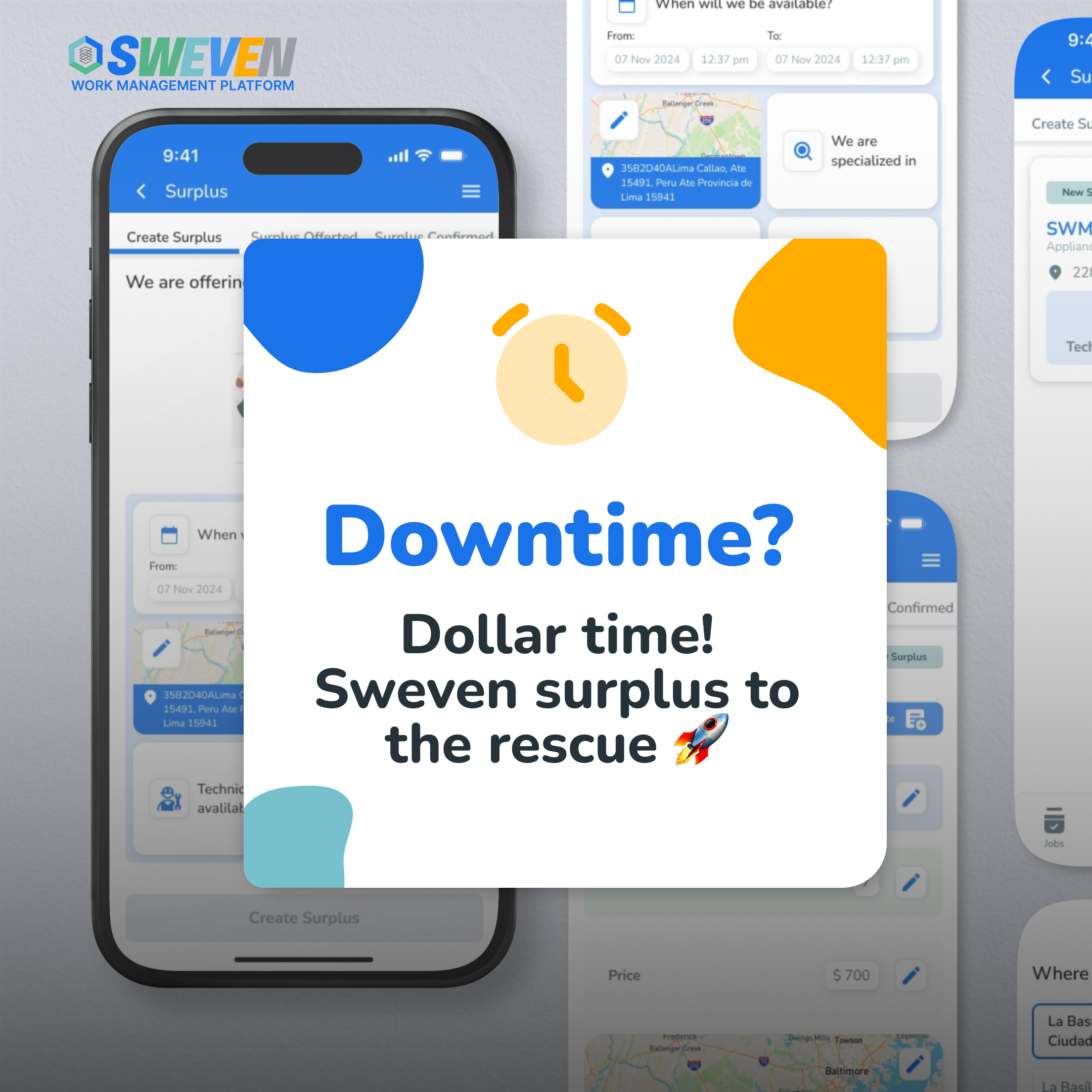IoT sensors are game-changers for facilities management, but using them in remote or isolated locations brings its own set of challenges. Limited access to strong WiFi signals or reliable power sources can hinder the effectiveness of IoT solutions.
Examples of Challenges:
Rural Facilities and Warehouses: Managing remote storage facilities where WiFi or wired internet may be weak or non-existent.
Construction Sites: Monitoring equipment and environmental conditions on large, open sites where power isn’t readily available.
Oil Rigs and Offshore Operations: Ensuring equipment performance and safety in isolated, high-stakes locations that require constant monitoring but have connectivity constraints.

These scenarios highlight the limitations of traditional IoT devices that depend on consistent power and strong internet connections. So, what’s the solution?
Battery-Powered IoT Sensors: Battery-operated IoT sensors provide a flexible, reliable option for overcoming connectivity challenges. These sensors are designed to run independently, using minimal power while still collecting and transmitting critical data. Paired with technologies like cellular networks or satellite connections, they ensure data is communicated even in areas with limited signal.
Why This Matters: Battery-powered IoT sensors enable facilities teams to extend their reach, monitoring equipment and conditions in previously inaccessible areas. With advancements in long-range coverage (LoRa) and extended battery life, these sensors are becoming more practical and essential for comprehensive facility oversight.
At Sweven, we understand the importance of reliable data no matter the location. Our IoT solutions are built to tackle even the toughest environments, ensuring continuous operation and peace of mind for facilities managers.
How are you managing IoT challenges in remote or low-signal areas?
















